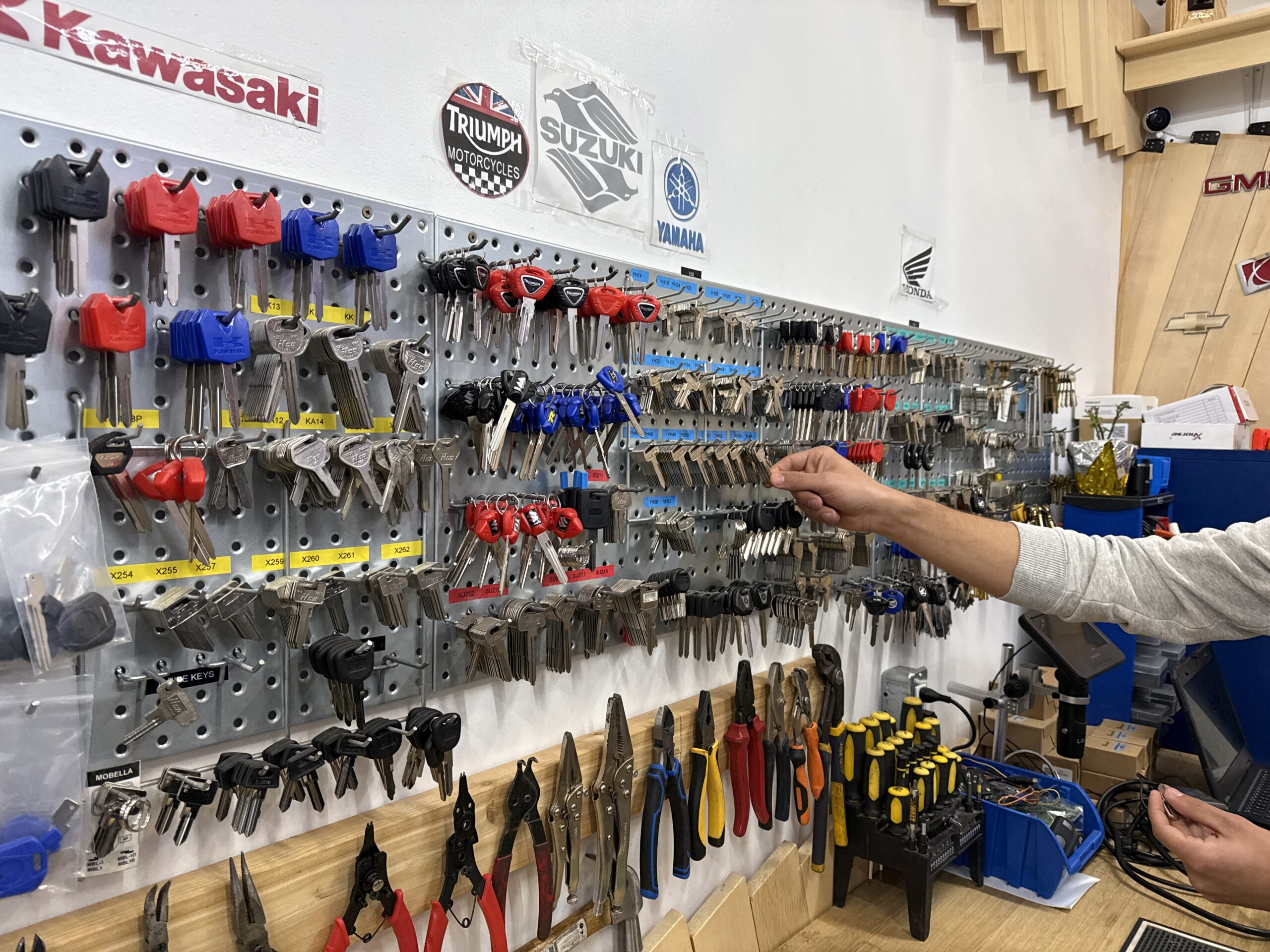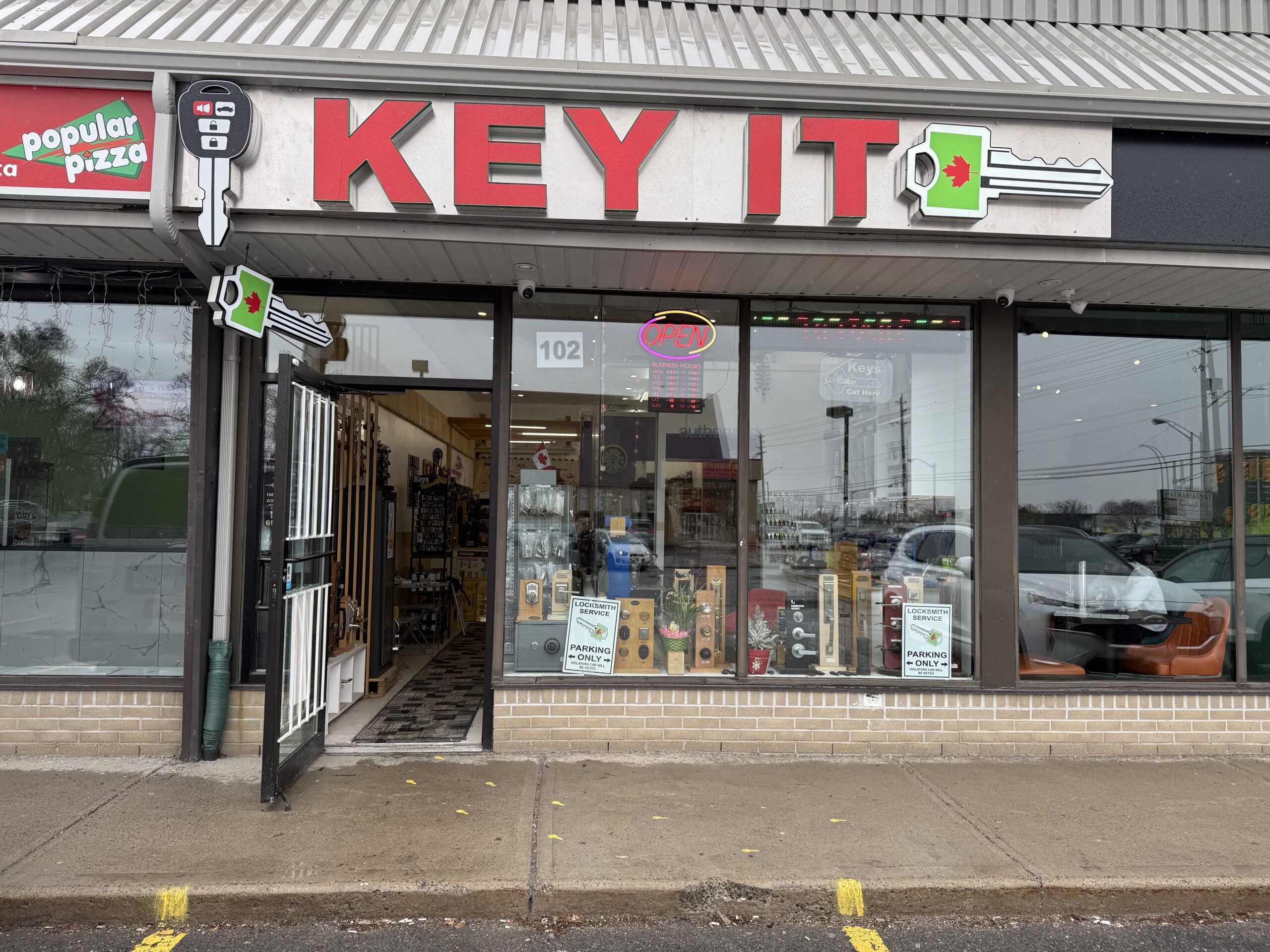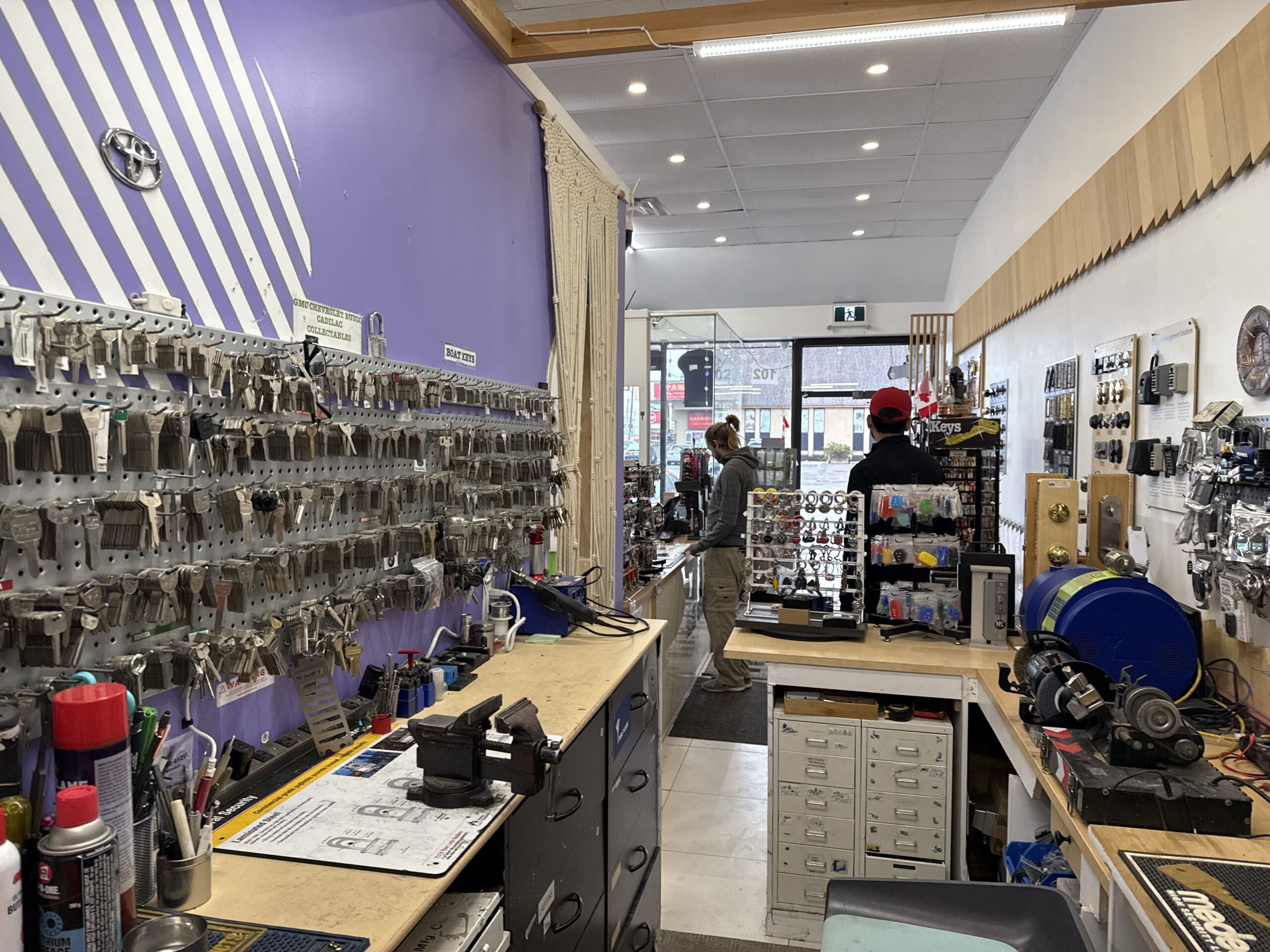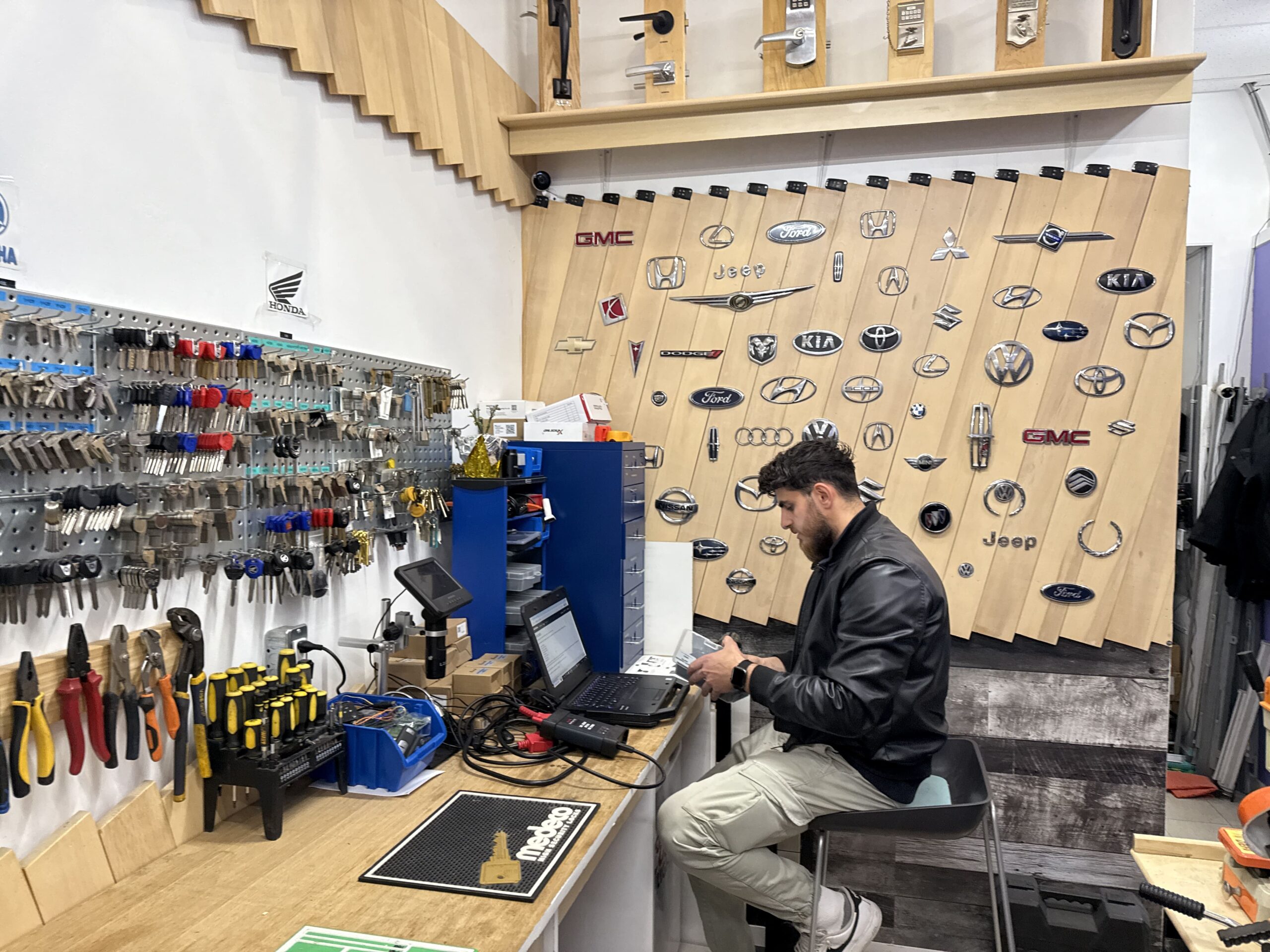When you want to install a door operator or door closer in Ottawa, we at Key It Locks are here to help. In this blog, we explain what you should check before we install a door operator.
Check the Rules in Ottawa and Ontario
Ontario Building Code Rules
In Ontario, the Ontario Building Code has rules for barrier-free doors. This means people using wheelchairs or walkers should be able to enter and exit easily. If your building is open to the public, you must follow these rules.
- Push buttons must be between 900 mm and 1100 mm from the ground
- Buttons must be big and easy to press
- If you use a sensor, it must detect a person in a wheelchair
Ottawa Accessibility Standards
The City of Ottawa also has its own rules called Accessibility Design Standards. These are very similar to the Ontario rules. We follow both to make sure your door is legal and safe.
Check the Door and Frame
Before installing the operator, we check your door and frame carefully.
Swing and Movement
The door should swing freely. It must not rub on the floor or get stuck. The hinges must be strong and not loose.
Frame Condition
The door frame must be strong. If the frame is cracked, damaged, or too weak, we must repair it before installing anything. A weak frame can make the operator fail or fall off later.
Check Space Above the Door
Enough Room for Operator
We need about 8 feet (2.4 metres) from the ground to the top of the door. This space is used to install the door operator unit. If the ceiling is low, we can use a safety guard to cover moving parts.
Strong Wall or Mounting Surface
We also make sure the wall or top of the frame is strong enough to hold the door operator. This is very important for long-term safety.
Check for Electrical Power
Door operators need electricity to work.
Safe Power Supply
Most systems use 120V or 240V power. We check if your building has a safe electrical supply near the door.
Wiring Rules
We always turn off power at the breaker before starting. We use safe, covered, and grounded wiring. We follow Ontario electrical safety laws during every job.
Choose the Right Activation Method
You must choose how you want the door to open.
Types of Activation
You can choose one of the following:
- Push button
- Motion sensor
- Touchless hand wave sensor
Correct Installation Height
Push buttons should be between 900 mm and 1100 mm from the floor. They should be placed where people in wheelchairs can reach them. Sensors must detect movement correctly and not miss anyone.
Check Safety Features
Your door operator must have safety features so people do not get hurt.
Auto-Reverse and Stop Functions
If the door hits something, it should stop and reverse. This keeps people safe, especially children and older adults.
Safety Stickers
We add safety stickers on the door. These tell people it is an automatic door. The stickers are placed between 970 mm and 1570 mm from the floor.
Check Fire Safety Rules
If the door is part of a fire exit, there are special rules.
Automatic Closing During Fire
The door must still close and latch during a fire, even if there is no power. We check your fire alarm system and make sure the door operator works correctly with it.
Think About Future Maintenance
Like all machines, door operators need service.
Regular Checks
We offer service plans at Key It Locks. This helps you keep your door safe and working well. We follow all Ontario safety and maintenance rules.
Easy Access for Repairs
We make sure we install the unit in a place that is easy to check and repair later. This helps you save money in the long run.
Choose the Right Door Operator
Different doors need different types of door operators.
Based on Traffic and Weight
Some doors are used more than others. A busy front door needs a stronger operator than a rarely used side door. We look at how often the door is used and how heavy it is.
Push Arm vs Pull Arm
Some doors open inward, others open outward. We pick the right type of arm for your door. This makes sure it opens and closes smoothly.
Check the Surrounding Area
We look at everything around the door.
Hazards Near the Door
We check for things like:
- Low ceilings
- Slippery floors
- Uneven ground
- Water leaks
If there are risks, we fix them first.
People Flow
We check how people move around the door. We install buttons or sensors in places that are easy to use and not in the way.
How We Install the Door Operator
Here is how we usually install the door operator.
Mounting the Unit
We use a mounting template from the manufacturer. We drill the holes, mount the base plate, and install the door operator safely.
Attaching the Arm
We pick the correct arm (push or pull). We preload the gear and attach the arm to the door. Then we adjust it so it opens fully and closes without problems.
Final Setup and Testing
Once installed, we do a full check.
Power and Calibration
We turn on the power. Then we set how fast the door opens and how long it stays open. We test all buttons and sensors to make sure everything works.
Safety and Final Inspection
We run the door many times to test it. We check for smooth motion, no noise, and full safety.
We Show You How to Use It
When we finish, we show you how to use everything.
Simple Instructions
We explain how to use the push button or sensor. We show you how to test it and when to call us for service.
Need Help Installing a Door Operator in Ottawa?
We at Key It Locks are ready to help you upgrade your doors. We do everything properly, following all Ottawa and Ontario rules. We also offer maintenance and repair. Call us today to ask questions or book an installation.







